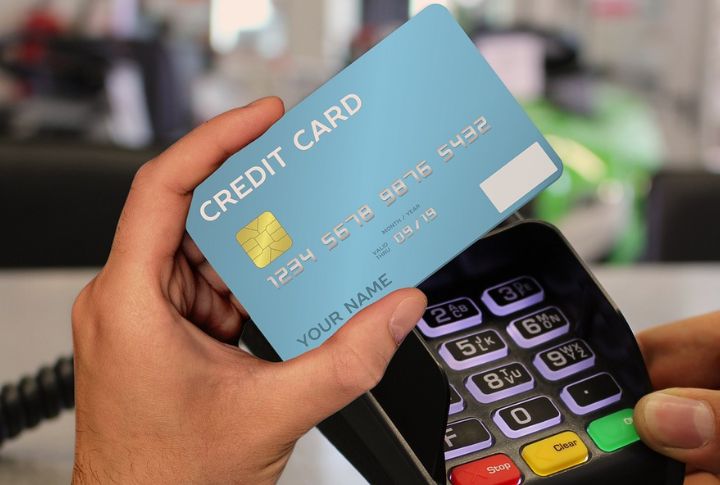
For generations, credit cards were seen as a financial milestone—almost a rite of passage into adulthood. But today’s young consumers aren’t buying into the hype. Weighed down by debt concerns and drawn to simpler, tech-driven tools, Gen Z is reshaping how money moves. So why are they turning their backs on plastic money? Let’s dig in.
Long-Term Debt Causes Stress

Gen Z is growing wary of traditional credit cards. A report from Morning Consult and Cash App Afterpay finds that over half of them say credit cards give them the “ick,” with 68% admitting these credit card bills cause stress.
Preference For Debit Cards

Debit use is on the rise as young people adopt safer, more disciplined money management practices. Unlike credit, it doesn’t carry the same risks of overspending or accumulating debt, which makes it a trusted choice for daily financial decisions.
Rise Of BNPL Apps

Holiday spending habits shifted in 2024. According to J.D. Power, 54% of shoppers turned to buy-now-pay-later platforms, overtaking credit card users at 50%. Klarna, Afterpay, and others are carving out space with more flexible payment options for everyday use.
Influence Of The 2008 Financial Crisis Stories

Memories of families struggling during the 2008 financial crisis remain fresh, and they’ve left a mark on younger generations. Credit cards, with their fees and interest rates, feel risky. Therefore, careful budgeting and mindful planning have become their tools to avoid such issues in the future.
High Interest Rates

Sky-high interest rates make credit cards a tough sell. Even small balances can quickly snowball into overwhelming debt once interest stacks up. For many, the risk of paying far more than what was initially borrowed turns credit cards into a financial trap best avoided.
Student Loan Burden

The cost of education doesn’t stop at graduation. Student loans linger, making every new form of debt feel heavier. Credit cards, with their interest rates, only add to the burden. That’s why so many prioritize disciplined financial habits to stay in control.
Lack Of Financial Literacy

Between interest rates and confusing terms, credit cards don’t exactly inspire confidence. It’s no surprise that many scroll TikTok or Instagram for money advice instead of turning to banks. Debit cards and BNPL apps feel simpler, which gives them a sense of clarity and control.
Alternative Digital Payment Methods

Peer-to-peer payments have redefined what “money management” looks like. Instant, transparent, and mobile-first, they fit seamlessly into daily life. For many, these platforms even replace the need for credit cards in situations like sharing costs or sending quick payments.
Preference For Financial Transparency

Money management is a mix of old and new for Gen Z. Budgeting apps and even cash stuffing help keep spending visible, while debit cards and digital wallets deliver instant updates. Together, these tools give digital natives a clear sense of control over every dollar.
Difficulty Qualifying For Cards

Credit cards aren’t always accessible to those who need them. Limited history and modest incomes lead to bank rejections, even for financially responsible applicants. As a result, debit cards and BNPL services are becoming the preferred alternatives for managing money day to day.
